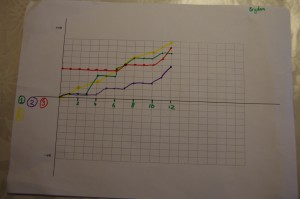Declaration and statement of authorship
1.I have not impersonated, or allowed myself to be impersonated by any person for the purposes of this assessment.
2.This assessment is my/our original work and no part of it has been copied from any other source except where due acknowledgement is made.
3.No part of this assessment has been written for me/us by any other person except where such collaboration has been authorised by the lecturer/teacher concerned.
4.I have not previously submitted this work for this or any other course/unit.
5.I give permission for my assessment response to be reproduced, communicated compared and archived for the purposes of detecting plagiarism.
6.I give permission for a copy of my assessment to be retained by the university for review and comparison, including review by external examiners.
I understand that:
- Plagiarism is the presentation of the work, idea or creation of another person as though it is your own. It is a form of cheating and is a very serious academic offence that may lead to exclusion from the University. Plagiarised material can be drawn from, and presented in, written, graphic and visual form, including electronic data and oral presentations. Plagiarism occurs when the origin of the material used is not appropriately cited.
- Plagiarism includes the act of assisting or allowing another person to plagiarise or to copy my work.
I agree and acknowledge that:
- I have read and understood the Declaration and Statement of Authorship above.
- I accept that use of my RMIT account to electronically submit this assessment constitutes my agreement to the Declaration and Statement of Authorship
- If I do not agree to the Declaration and Statement of Authorship in this context, the assessment outcome is not valid for assessment purposes and cannot be included in my aggregate score for this course.
Further information relating to the penalties for plagiarism, which range from a notation on your student file to expulsion from the University, is contained in Regulation 6.1.1 Student Discipline and Plagiarism Policy which are available on the Policies and procedures website.
